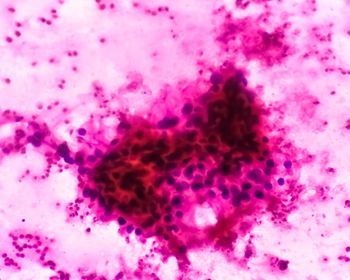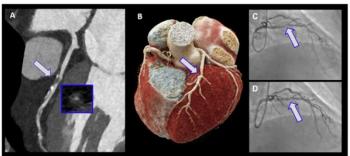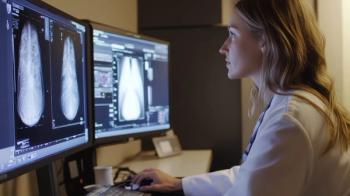
Improved patient care implies enterprise PACS image acquisition
One way to improve patient care is to expand PACS image acquisition outside the radiology department, attendees at a SCAR scientific session learned this afternoon.
One way to improve patient care is to expand PACS image acquisition outside the radiology department, attendees at a SCAR scientific session learned this afternoon.
"Effective enterprise PACS image distribution solves several problems faced on a daily basis in a soft-copy environment. The most important of these is quicker access to relevant images, resulting in improved patient care," said Dr. Gary J. Wendt, vice chair of medical informatics at the University of Wisconsin.
Expanding PACS image acquisition beyond the radiology department will further enhance its clinical value.
"Radiology-related images account for 30% or less of enterprise image volume," Wendt said.
Many installed systems serve to extend distribution of radiology images outside the radiology department. While this was the initial focus in implementing an enterprise-wide PACS at the University of Wisconsin, it quickly became clear that many sources of medical images outside of radiology were not being captured, Wendt said. And if they were captured, they were not available for enterprise distribution, nor were they linked to the electronic medical record.
"Some ophthalmology devices are so propriety that there is no output," he said.
The university targeted for PACS integration the areas that produce visible light images as defined in the DICOM standard in supplement 15. These include endoscopy images generated in gastroenterology, pulmonary, and ear, nose, and throat clinics.
Wendt provided those departments with image capture devices, review workstations, and training to enable physicians to edit and annotate captured images.
A number of issues arose, one of which was that as initially deployed, the capture devices provided single-frame (static) images, which were inadequate for diagnostic review.
"The solution involved modifying the capture devices to do multiframe (cine) acquisition," Wendt said.
Another problem related to clinical workflow outside of radiology. Because there were no orders entered into the RIS for these procedures, there was no accession number to generate a link into the electronic medical record and no entry generated on the DICOM modality work list.
"Problem procedures will need to be added to the RIS, and the procedures will need to be scheduled by the respective clinics," Wendt said.
Perhaps the biggest problem with expanding PACS image acquisition into other departments is the lack of informatics standards in other departments.
"DICOM doesn't exist in other areas," Wendt said. "IHE is working on it, but it isn't there yet."
Newsletter
Stay at the forefront of radiology with the Diagnostic Imaging newsletter, delivering the latest news, clinical insights, and imaging advancements for today’s radiologists.


























